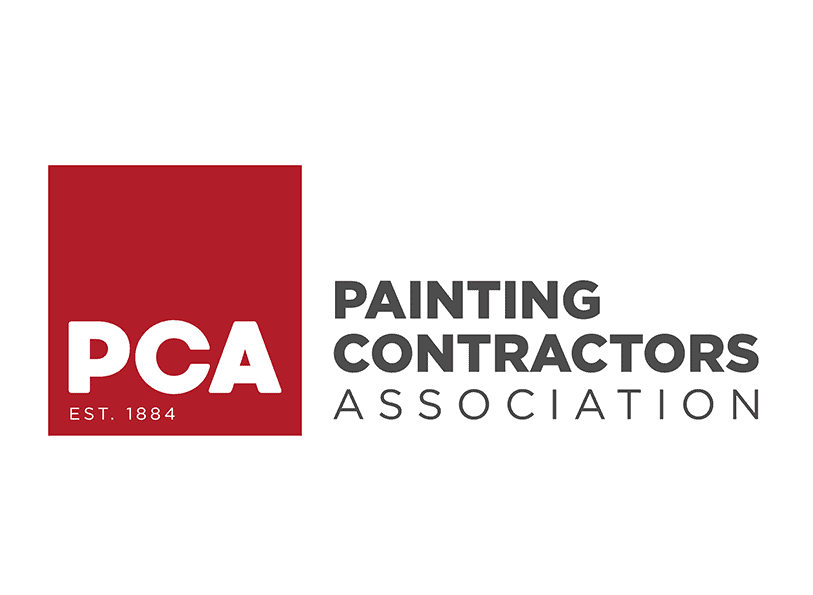21 Dec Six Common DIY Painting Mistakes
If you’re ready to tackle a small painting project in your home, here are the ten top mistakes DIYers tend to make. Knowing these is good, so you can avoid issues while painting or down the road.
Skipping the Prep
We probably sound like a broken record, but proper preparation before you begin to paint is critical. A little time upfront will save you time overall.
-
-
-
- Cover surrounding surfaces, including floors and furniture, with drop cloths.
- Use painter’s tape for a neat finish.
- Remove any outlet and switch covers.
- Properly prepare the surfaces before you paint, including cleaning and repairs. Remove all dust, dirt, or other debris on a surface.
-
-
Not Enough Paint
This is a bit like “measure twice, cut once”. Make sure you carefully calculate the amount of paint you’ll need. This will save you from running to the store in the middle of a project. Also, you’re better off having a little leftover paint than not enough. (That leftover paint is excellent for touchups later.) A gallon of paint typically covers about 400 square feet.
Wrong Tools
Using the correct tools or equipment makes a big difference. Don’t skimp on cheap products. It will not save you money in the long run. Invest in high-quality products, and use the right brush for the paint type. For example, oil-based paints do far better with natural bristles.
Skipping Primer
Use a primer! Primers prepare a surface so that paint can adhere to it. A primer will also block the surface color so you can apply a new one without worrying about it showing through.
Wrong Paint
This is a relatively common mistake for DIYers. Before you buy any paint, you need to know what’s already on the surface. In other words, what was last used on that wall? You’ll need to match the types of paint. For example, if the surface has oil-based paint, you can’t apply latex paint. It will crack and peel.
Painting Wet
Never paint a second coat over a wet surface. Be sure to wait until your first coat is completely dry before adding a second coat. If you paint over wet paint, you’ll get streaks, visible brush strokes, and, eventually, peeling paint.
Good luck with your painting project! If you’d like a free estimate, contact our office to schedule an appointment or request an estimate appointment online.
FAQ
1. Why is surface preparation so important before painting?
Proper surface preparation is crucial because failing to clean, sand, or prime surfaces can lead to poor paint adhesion, uneven textures, peeling, and a rough finish. Dirt, dust, grease, or old paint can all interfere with how well the new paint sticks and how smooth the final result looks.
2. What happens if I skip using a primer?
Skipping primer often results in uneven color, patchy appearance, and poor paint adhesion, especially on darker or glossy surfaces. Primer helps cover stains, improves paint durability, and ensures the paint bonds well to the surface, preventing peeling or cracking over time.
3. How does using the wrong type of paint affect my project?
Using the wrong paint for a specific surface or room can cause issues like poor coverage, peeling, and a need for extra coats. For example, using interior paint on exterior surfaces or not choosing moisture-resistant paint for bathrooms can lead to premature paint failure.
4. Why is it important to use the right painting tools?
Choosing the wrong brush, roller, or sprayer can result in streaky finishes, brush marks, and uneven coverage. The right tools help achieve a smooth, professional look and make the painting process more efficient.
5. What are the risks of rushing a DIY painting job?
Rushing often leads to mistakes such as not allowing enough drying time between coats, uneven application, and missed spots. Taking your time ensures better coverage, a smoother finish, and reduces the likelihood of having to redo sections later.

Mike Katounas is the owner of Home Works Painting, a painting business in Northern Virginia. He has over 15 years of experience in residential interior and exterior painting, drywall installation/repair, carpentry, wallpaper removal, power washing, commercial painting, color consultation, and staining/sealing. Their service areas include Chantilly, Fairfax, Herndon, Oakton, Reston. Mike takes pride in his work, and he always follows a strict code of conduct that includes the use of quality paint, a clean workspace, and an honest, respectful approach to his customers.












Sorry, the comment form is closed at this time.